50 Most visited websites in the World
The 50 Most Visited Websites in the World
View the full-resolution version of this infographic
Yes. Visualizations are free to share and post in their original form across the web—even for publishers. Please link back to this page and attribute Visual Capitalist.
Licenses are required for some commercial uses, translations, or layout modifications. You can even whitelabel our visualizations.Explore your options.
Click hereto license this visualization.
The 50 Most Visited Websites In the World
View the high-resolution of the infographic by clicking here.
If you spend any time online, it’s likely you’re familiar with some of the world’s most visited websites. On today’s internet, a handful of giants have unmatched dominance.
Top Three Websites (Monthly visits):
- Google: 92.5 billion
- YouTube: 34.6 billion
- Facebook: 25.5 billion
Together, the top three websites rake in 152 billion visits monthly, outpacing the next 47 websites combined. What’s more, as the pandemic transformed everything from the way we work, learn, communicate, and shop—a majority of these activities migrated online.
In this new visualization, we look at the most visited websites around the world, drawing data from SimilarWeb (as of November 2020).
The Top Global Websites
Servicing over two trillion search queries annually through its network, Alphabet-owned Google ranks highest with its flagship domain, Google.com. Google derives approximately 80% of its earnings from ad revenues.
Coming in second, social networking platform Facebook has a user base of 2.7 billion. On average, users spend 34 minutes on the site daily, while 36% of users say it’s also where they get their news—higher than any other social network.
As the leading search engine in China, Baidu (#7) received 5.6 billion visitors in November. Baidu is also branching out its business— venturing into electric vehicles (EVs) in a partnership with China-based automaker Geely.
As video conferencing vaulted in demand during the pandemic, Zoom (#15), launched into the most visited websites with 2.7 billion visitors monthly. Similarly, TikTok (#43) became a freshly minted addition.
The Most Visited Websites, By Country of Origin
With 27 sites on the list, the U.S. remains a dominant player. While its reach is highly concentrated on a global level, just a handful of companies own a majority of these sites.
See the static version of each regional graphic here.
Microsoft (#28), for instance, owns seven of the top sites in the world including LinkedIn (#25) and Live.com (#16). Amazon (#13), on the other hand owns five including Twitch.tv (#32), along with popular Amazon-focused domains in Japan, U.K., and Germany.
China holds five top websites: Baidu (#7), QQ (#34), Bilibili (#42), TikTok (#43), and AliExpress (#47). The Tencent-owned QQ.com, ranks as the top news site in China, with over 981 million monthly visits. Like WeChat, QQ also provides a popular messaging platform.
Just four of the most visited websites globally are based in both Russia and Japan, while the rest of the world account for 10 top sites altogether.
Reaching New Heights
While global internet patterns are clearly dominated by a few titans, what can we make of their recent traffic growth?
Between June 2019 and November 2020, Google’s monthly visitors increased 52.9%. Among the most visited websites globally, this rate of growth falls only behind Instagram (#6) at 89.1% and Twitter (#4) at 67.1%.
Wikipedia (#5), a non-profit website that originated in 2001 by Larry Sanger and Jimmy Wales realized over 30% growth.
While large tech companies have only accelerated their market share—Google makes up roughly 90% of the search ad market—several regulatory bodies are placing greater scrutiny on them. An October 2020 antitrust report suggested that Big Tech is in fact anti-competitive, drawing comparisons with oil tycoons of the 19th and 20th centuries.
With these key forces in mind, it raises a critical question: is there a limit to their growth?
How the Top Cryptocurrencies Performed in 2021
Cryptocurrencies had a breakout year in 2021, providing plenty of volatility and strong returns across crypto’s various sectors.
The 20 Internet Giants That Rule the Web
A lot has changed since Yahoo and AOL were the homepages of choice. This visualization looks at the largest internet giants in the U.S. since 1998.
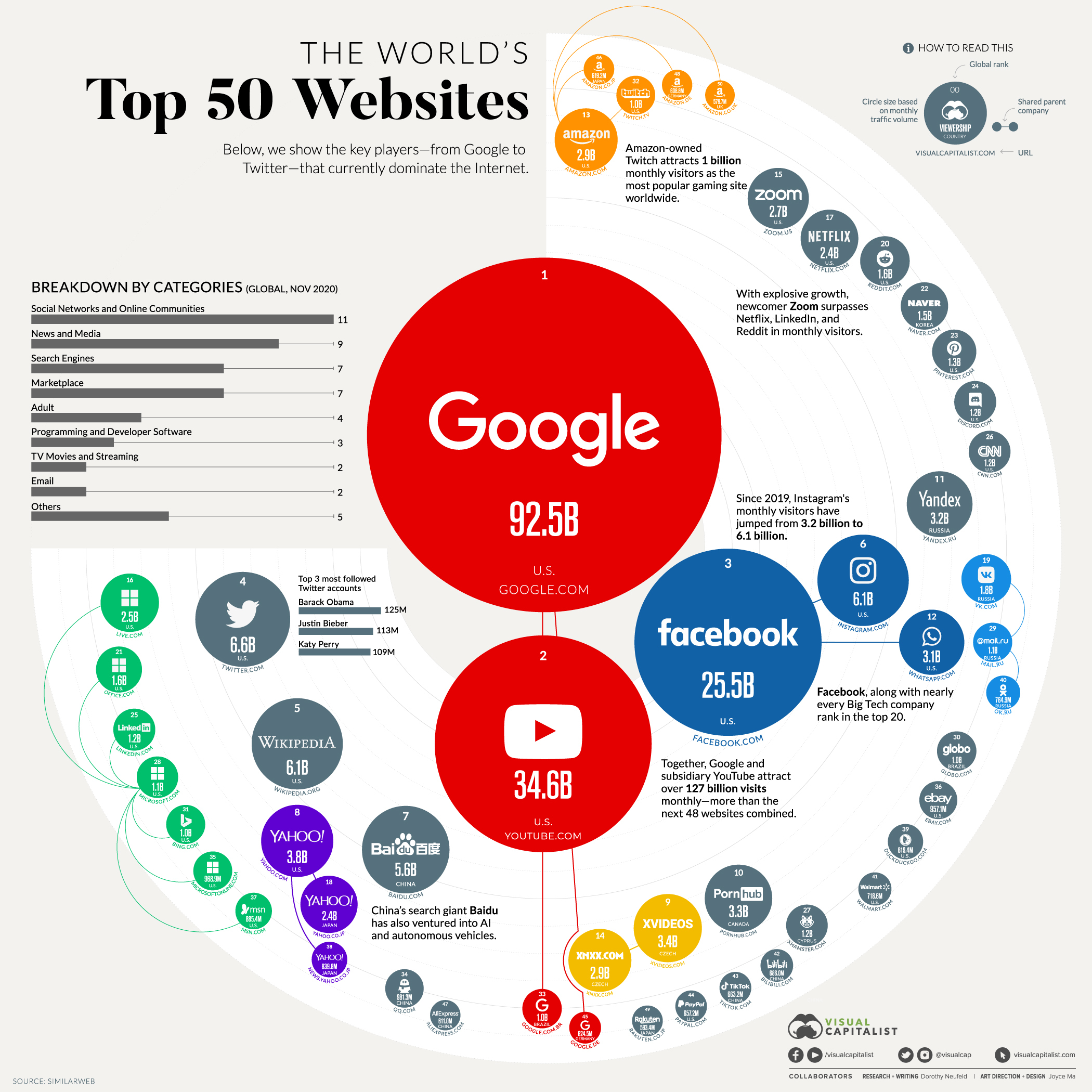
 Can I share this graphic?
Can I share this graphic? When do I need a license?
When do I need a license? Interested in this piece?
Interested in this piece?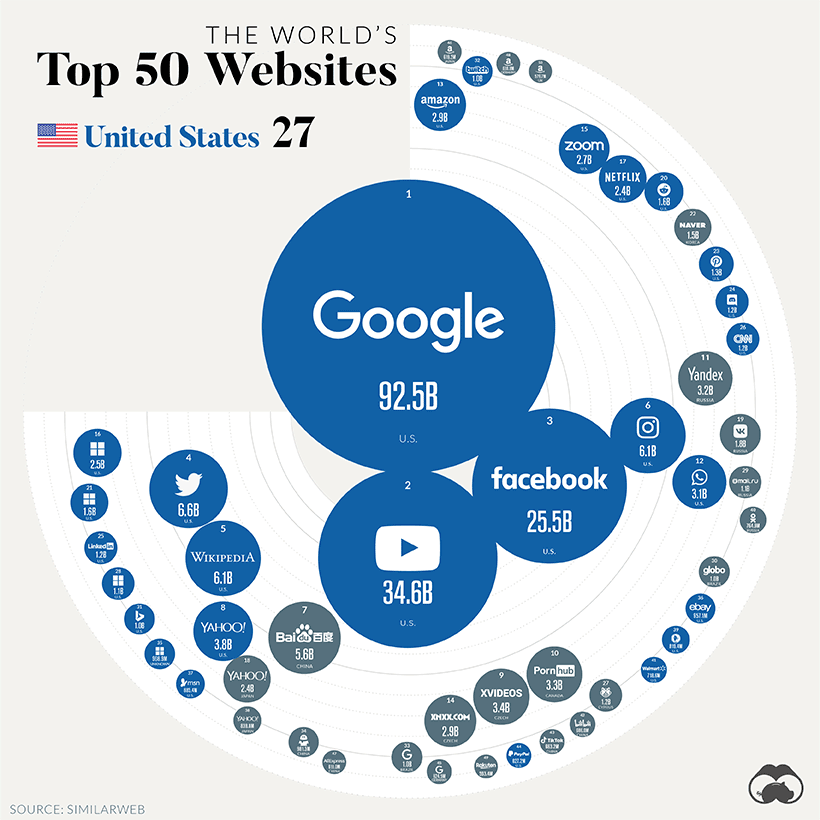
 Where’s WeChat? China’s most prolific platform is primarily app-based, so the company’s website doesn’t make this global top 50 list.
Where’s WeChat? China’s most prolific platform is primarily app-based, so the company’s website doesn’t make this global top 50 list.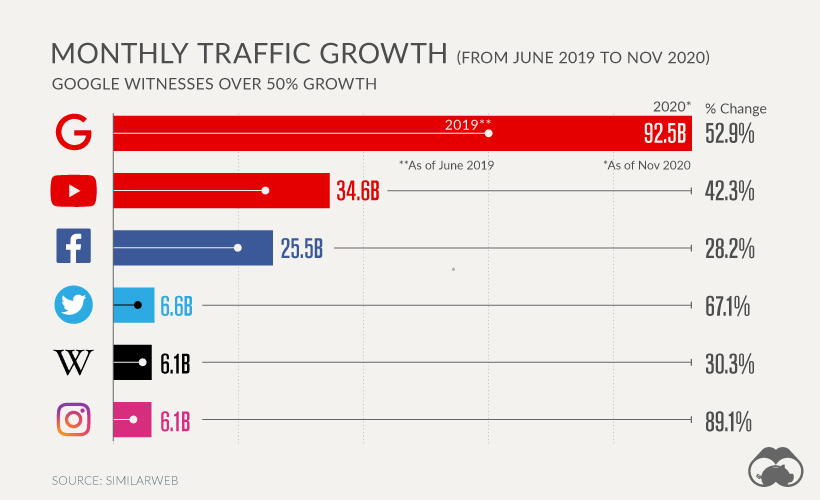

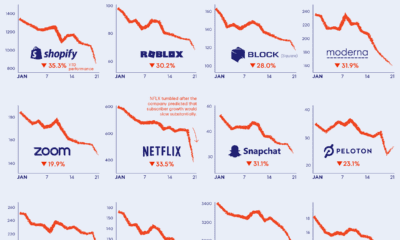
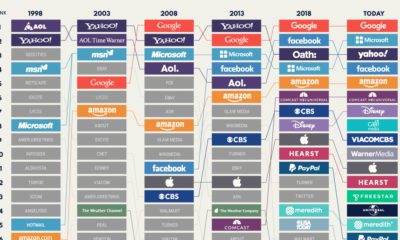
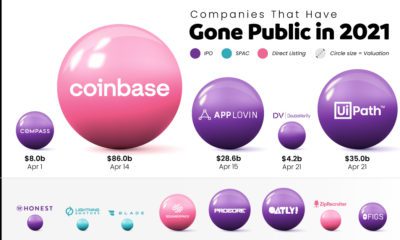
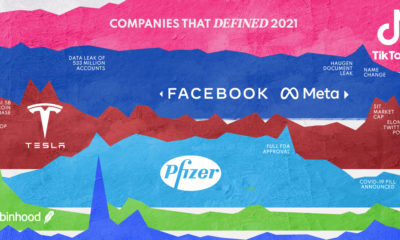
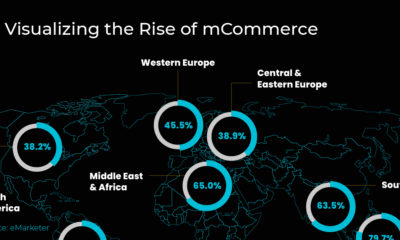

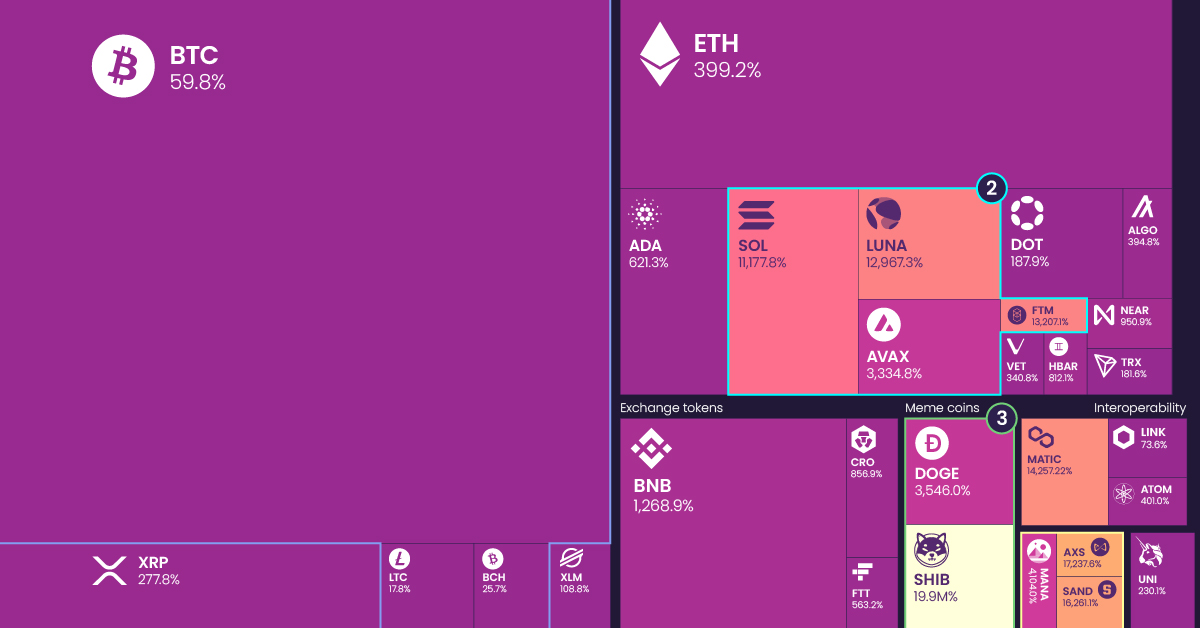
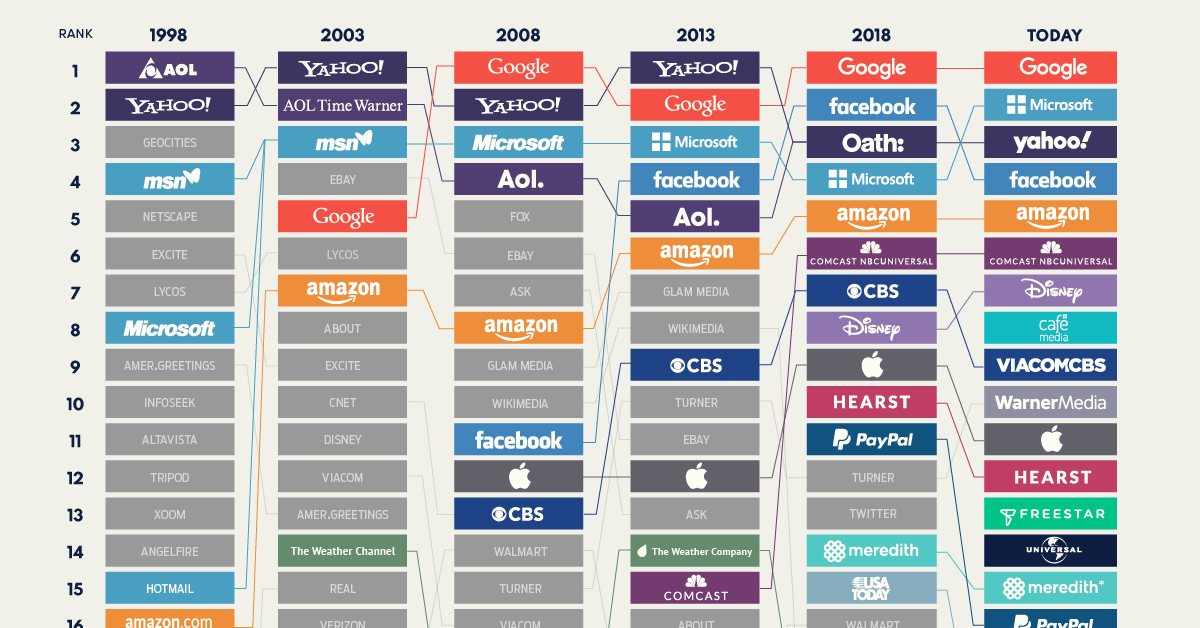


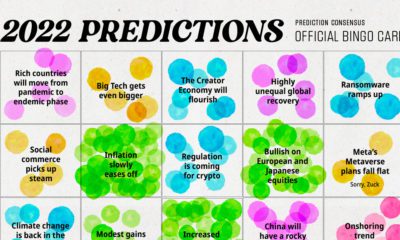


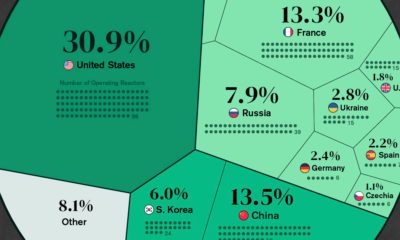


Bareedaadha !Hojii gaarii dha !
ReplyDelete